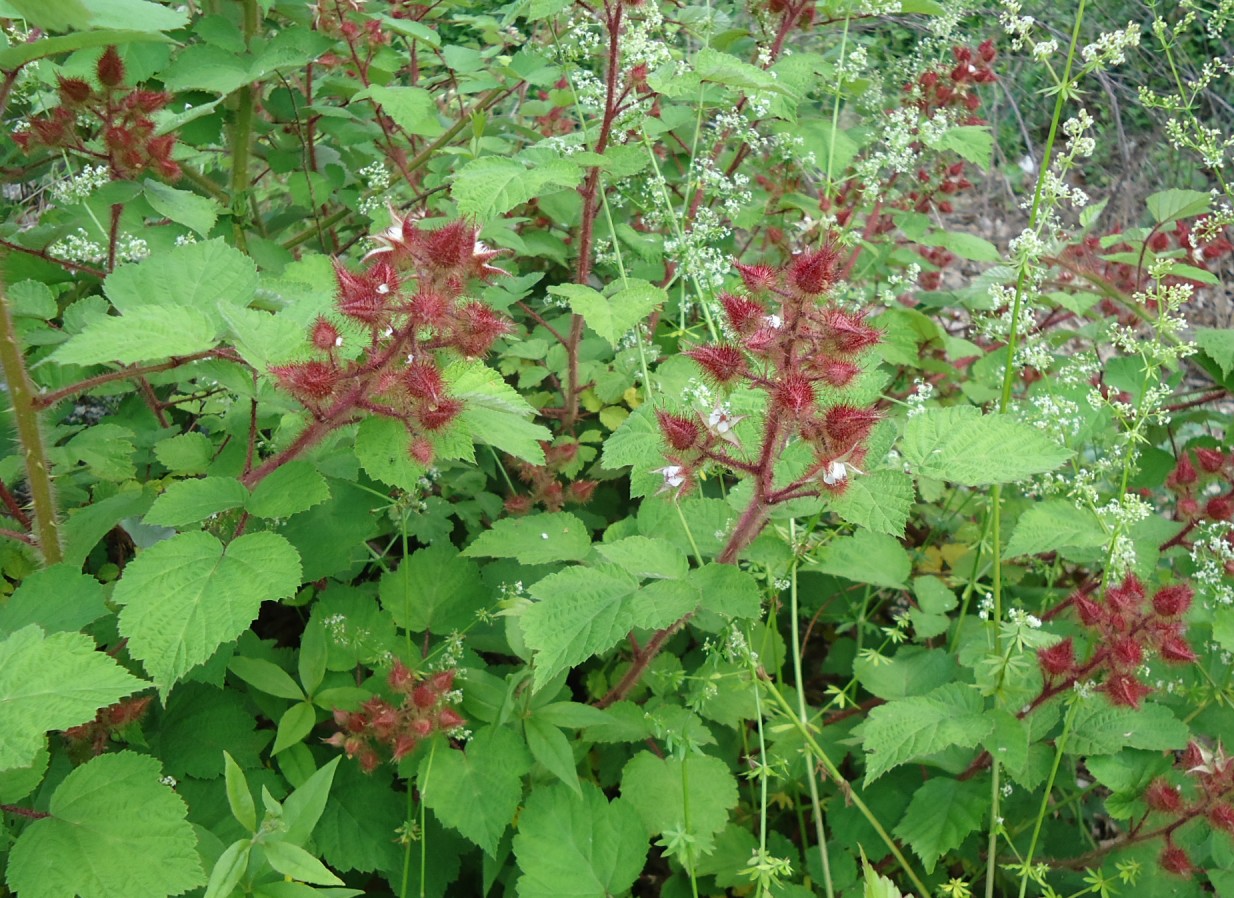As a vegan, one of the best ways to connect with nature and live a sustainable lifestyle is by foraging for wild edible plants. Foraging is the act of searching for food in the wild, and it can be a fun and rewarding activity for vegans who want to eat fresh, locally sourced food. In this guide, we will provide you with tips and information on how to forage for wild edible plants.
Before you start foraging, it’s important to educate yourself on the different types of plants that are safe to eat. There are many edible plants in the wild, but there are also many poisonous ones. Make sure you know what you’re looking for and that you’re confident in your identification skills.
One way to get started is to join a local foraging group or take a class on wild plant identification. This can be a great way to meet other like-minded individuals and learn from experienced foragers. You can also consult field guides and online resources to learn more about the plants in your area.
When foraging, it’s important to respect the environment and the plants themselves. Only take what you need and be mindful of how much you’re harvesting. Never take endangered or rare plants, and avoid harvesting in protected areas.
Some common wild edible plants that you may find while foraging include:
- Dandelions: These yellow flowers are commonly found in fields and gardens. The leaves can be eaten raw or cooked, and the flowers can be used to make tea or jelly.
- Nettles: These plants have stinging hairs, so be sure to wear gloves when harvesting them. The leaves can be cooked and used like spinach, and the roots can be roasted and used as a coffee substitute.
- Wild berries: Many types of wild berries are safe to eat, including blackberries, raspberries, and blueberries. Just be sure to wash them thoroughly before eating.
- Wild mushrooms: There are many types of wild mushrooms, and some of them are edible. However, it’s important to be very careful when foraging for mushrooms, as some can be poisonous.
When preparing wild edible plants, it’s important to wash them thoroughly and cook them properly. This can help to remove any potential toxins and ensure that they’re safe to eat. You can use wild plants in a variety of dishes, including salads, soups, and stir-fries.
In conclusion, foraging for wild edible plants can be a fun and rewarding activity for vegans. By learning about the plants in your area and practicing responsible foraging, you can connect with nature and enjoy fresh, locally sourced food. So get out there and start exploring!
